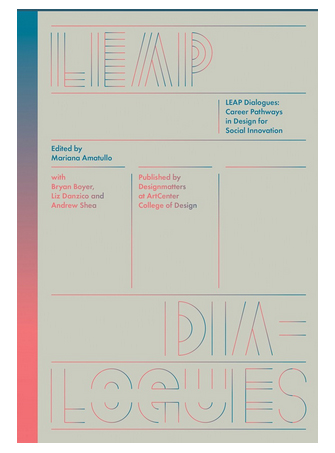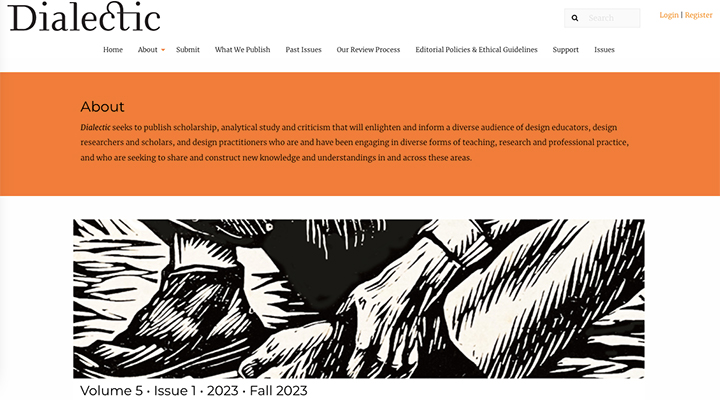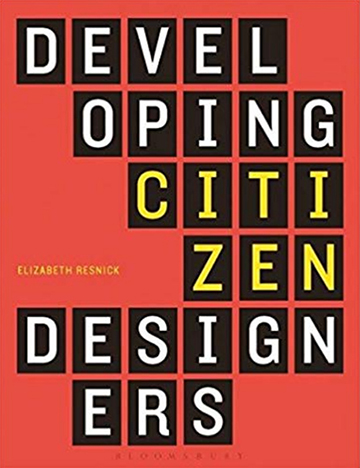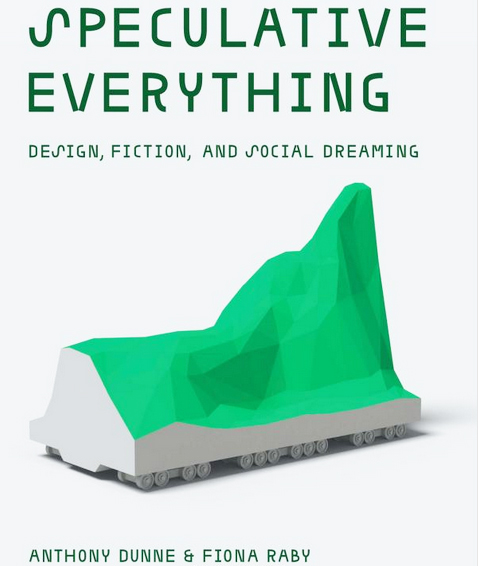David Stairs

Illustration by Chris Stairs, age 9
I often think about stubbornness. My son Chris is a Leo, and he can be one of the most stubborn people I know. This is not to criticize my son, or to implicate all Leos, but it is a character trait they are somewhat known for.
There are good and bad forms of stubbornness. Standing your ground over moral issues isn’t the same as stand your ground race-driven gun abuse, although some would disagree. When I think of being a good butthead I think of Sam Ervin pursuing the denying Richard Nixon through the swamp of Watergate, not of George Zimmerman shooting Treyvon Martin.
What led me to this topic is my ongoing, seemingly never-ending disillusionment with what I encounter in the design press. Last month it was a profile on AIGA’s Eye On Design. It’s silly, really, to get upset over the breathless and self-aggrandizing clichés that appear on that site, but as a barometer of taste in the profession, it’s really depressing.
Then there’s Twitter. So, if you want to know what people are thinking, reading, getting excited about, check out what they are tweeting, right? Except, the pop-cult memes that even the literati tweet about come across as pretentious fluff. If one were looking for an electronic instance of low-end psycho babble, you could find it on Twitter, and not just from POTUS or Kim K, either, but from well-known designers who have decided this is their preferred social media platform.

The spirit of The Butthead is rearing its ugliness within me, and there’s apparently not a damn thing I can do about it. A serious example would be my reaction to the LEAP Dialogues: Career Pathways in Design for Social Innovation. Published in 2015 at Art Center as part of the Designmatters program, I poured through this volume while preparing for an interview, becoming more and more frustrated with every page. It’s not that I am at odds with efforts to commit corporal acts of social design mercy— hell, society has many problems that designers ought to address— but the doublespeak that takes over every “professionalized” discussion of any design topic is irksome.
I’ve been railing for years about the way we use clichéd language in the design profession. All of the “thought leaders” who do the “spade work” “building capacity” through “interventions,” those “change agents” with their “boots on the ground” enthusiasm and their “human centered” mentality who “unpack” reality for the rest of us continue to occupy the same daises at design conferences, and, for very good reasons— none of which make any sense at the moment— reap the rewards of those who play the pseudo-non-conformists’ conformity game. “Toolkits” be damned, people who behave like “tools” should be treated as such.

So, passing from the terminally trite through the horrifically hip I alight at last on the AIGA’s new Design Educator’s Community periodical Dialectic, a “scholarly journal of…” you guessed it, “…thought leadership.” Here reality comes face-to-face with “theoretical speculation,” the dialectically heavy kind that makes résumé lines for those seeking tenure. If you have an appetite for fashionable academic words like “precarity” and “decolonialize” you’ll find more than enough to feast on here. But if it’s accessible fare you hope to find, then, to play fast and loose with Annie DiFranco lyrics, you might “find yourself starving and eating the words you have read.”

There’s Elizabeth Resnick’s Developing Citizen Designers, now a couple years old. I have to admit, there are so many new, academically driven social design titles coming out I am only gradually catching up with them, as they finally catch up with me. (Resnick herself has another new title, The Social Design Reader, (available in August 2019). This one looked pretty and sounded fetching— after all, who doesn’t want there to be more good citizen designers in the world? Unfortunately, here we have over 400 pages of mostly college studio case studies by art school design instructors trying to get students to be socially relevant. Design is not an elitist human activity, as this book should emphasize, except when it’s practiced by a self-aggrandizing profession. Also, the projects here are primarily graphic design, as if architects and product designers don’t need social training too. And, as with the LEAP dialogues, we’re in the land of social-design-as-the-currently-fashionable-meme.

Finally, I alighted on Dunne and Raby’s 2013 Speculative Everything, an unusual design book from MIT Press. One-hundred eighty-nine pages of propositions later, I am both exhilarated and perplexed. On one hand, the book is unabashed in its support for cloud-seeding as an occupation. But it accomplishes this feat by mining what could only be considered conceptual art and its protocols, which will be problematic for many designers. The book ends with a thought experiment that divides the UK into four “micro-kingdoms” based upon speculative combinations of ethics and economics, with some clever if outlandish ideas. If dreaming about how society could evolve rather than trying to solve current problems is your gig, read this book. Oh hell, read it anyway and feel inspired!
No, I’m not a Leo, or a Taurus either, but as an Aries I’m a head-butter of sorts. I’ve had occasion to wish it were different but, like the scorpion who stung his ride as they swam across the river, I can’t help it— it’s just my fuckin’ nature. “The Dude may abide, man,” but in my case the Butthead rules eternal.
David Stairs is the founding editor of the Design-Altruism-Project










